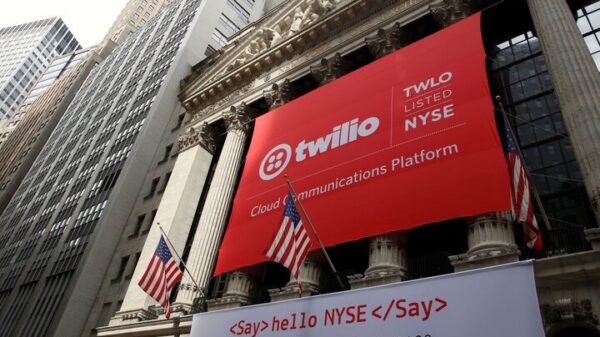Innovation, Science and Industry Minister Francois-Philippe Champagne asked the Canadian Radio-television and telecommunications commission (CRTC) to investigate the rising roaming fees for customers using their phones while travelling out of their service area.
On Thursday, CRTC chairwoman and CEO Vicky Eatrides said that the regulator was already comparing roaming rates of Canadian companies to those of other countries, and had begun to draft a plan to address the issue.
She stated fees “have the potential to undermine the work we are doing to lower wireless prices.”
“Our preliminary results confirm what many Canadians are feeling — that international roaming rates we pay are higher. We will be commissioning a study to examine this issue in greater detail,” Eatrides said.
“As the telecommunications regulator, we take seriously attempts to increase Canadians’ bills through ancillary fees. We will continue to use all available tools to address this type of behaviour and will keep Canadians apprised of developments.”
Roaming charges are additional fees that mobile phone users are charged when they use their phone outside of their home country or network provider’s coverage area.
Telecommunications companies apply these charges for making or receiving calls, sending or receiving messages, and using data while abroad.
These charges can be significantly higher than those for regular usage and can add up quickly, resulting in large bills for travellers who are not careful. According to Champagne’s letter, roaming fees are part of a concerning trend to charge more for existing services broadly at a time when inflationary pressures are making it difficult for Canadians to pay their bills.
We are concerned about how increases in international roaming fees might have an impact on Canadians.
We take seriously attempts to increase Canadians’ bills through extra fees.
We will continue to use all available tools to address this type of behaviour.
— CRTCeng (@CRTCeng) March 23, 2023
Read more: Competition Tribunal rules in favour of Rogers and Shaw telecommunications merger
Read more: The Mugglehead technology roundup: telecommunications and media concentration edition
Canadian telecoms bump international roaming charges
Telus (TSX: T) and Bell Canada (TSX: BCE), (NYSE: BCE) both raised their United States and international roaming rates earlier this month. Telus customers now pay $14 daily to roam in the U.S., up from $12, while other destinations are charged $16, or a $1 increase.
Bell customers pay $13 to roam in the U.S., up from $12, and $16 in other countries, up from $15.
Rogers Communications (TSX: RCI.A) said they have no plans for a similar hike. It also charges $12 and $15 for daily U.S. and international roaming, respectively.
For Americans using AT&T, roaming outside their service area incurs a surcharge of $.083 per minute. Alternatively, they can use global service provider (GSP) local access to reach your AT&T internet service by dialing a local number for a surcharge of $0.05 per minute. As such they incur charges of $3.00 per hour for using GSP. GSP local access is billed at a rate of $0.05 per minute, rounded up to the nearest minute.
Eatrides also stated the CRTC would be commissioning a study to examine the issue in greater detail.
Meanwhile, Champagne noted the regulator’s wireless code does not prevent carriers from increasing international roaming fees.
It does, however, include consumer protection provisions. Two such provisions include requiring service providers to notify users of extra charges when roaming in another country, and suspending charges without further consent once a user accrues $100 in fees.
“Increases to these types of ancillary fees add to the cost of a consumer’s bill beyond the main sticker price,” he said in his letter.
“In many cases, these fees are much less visible and are unpredictable or challenging for consumers to understand.”
Follow Joseph Morton on Twitter
joseph@mugglehead.com














